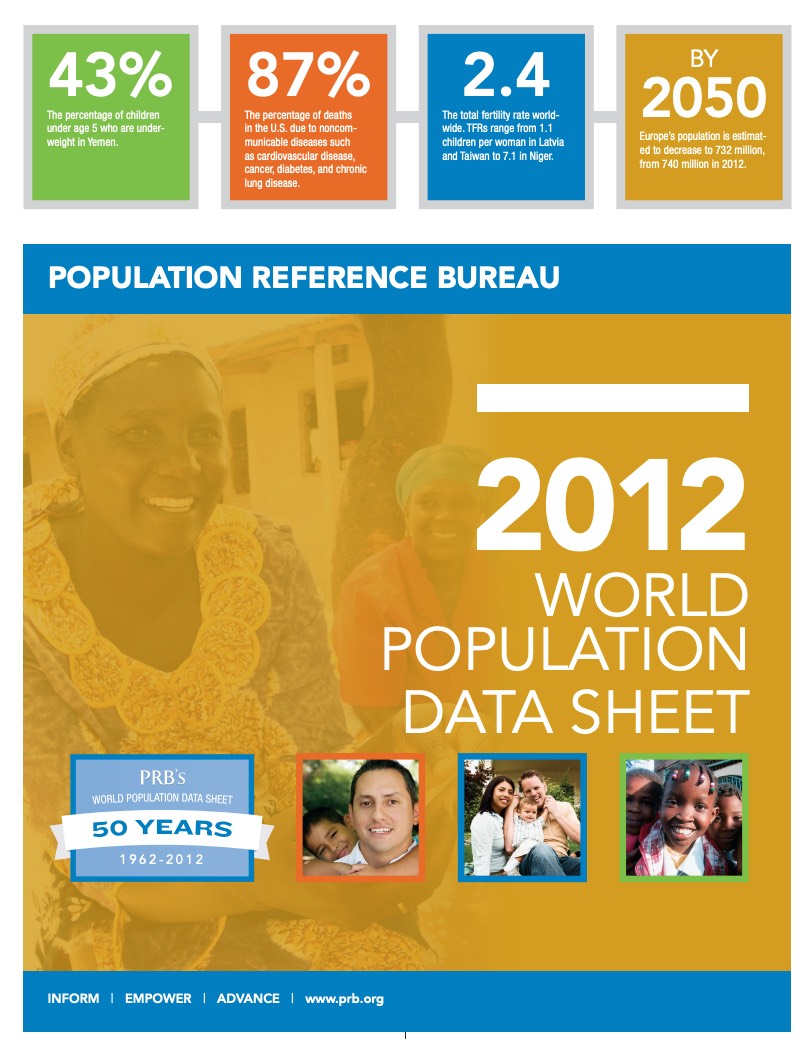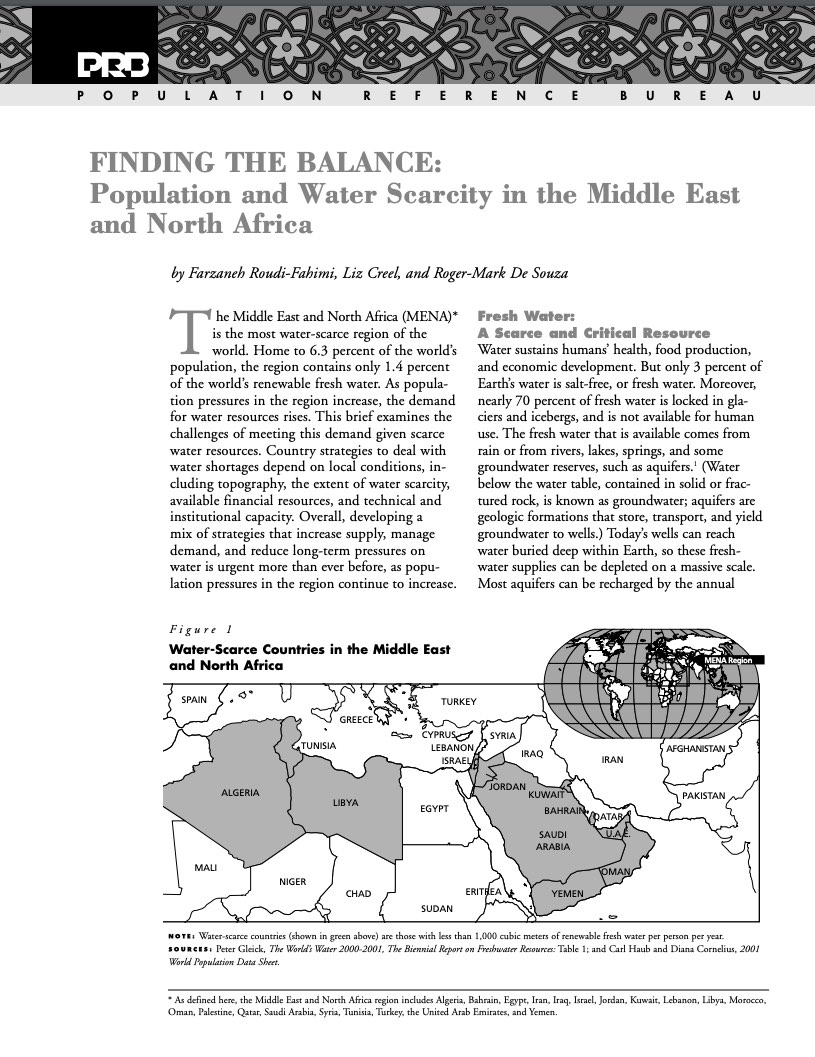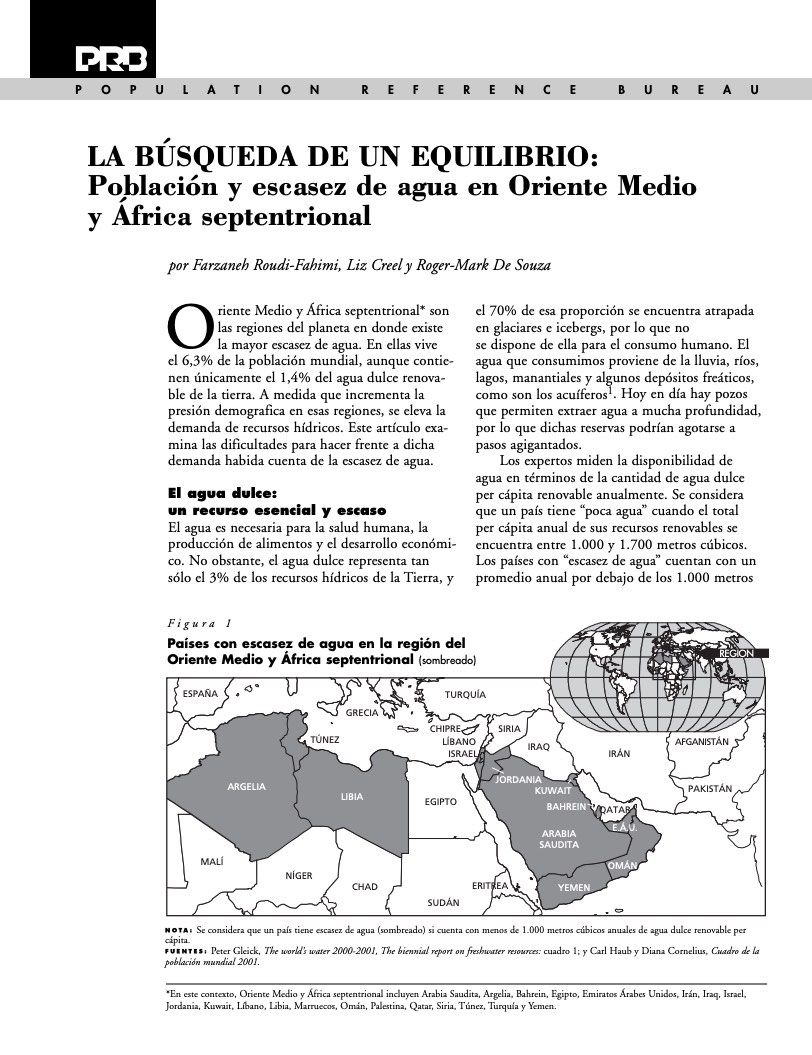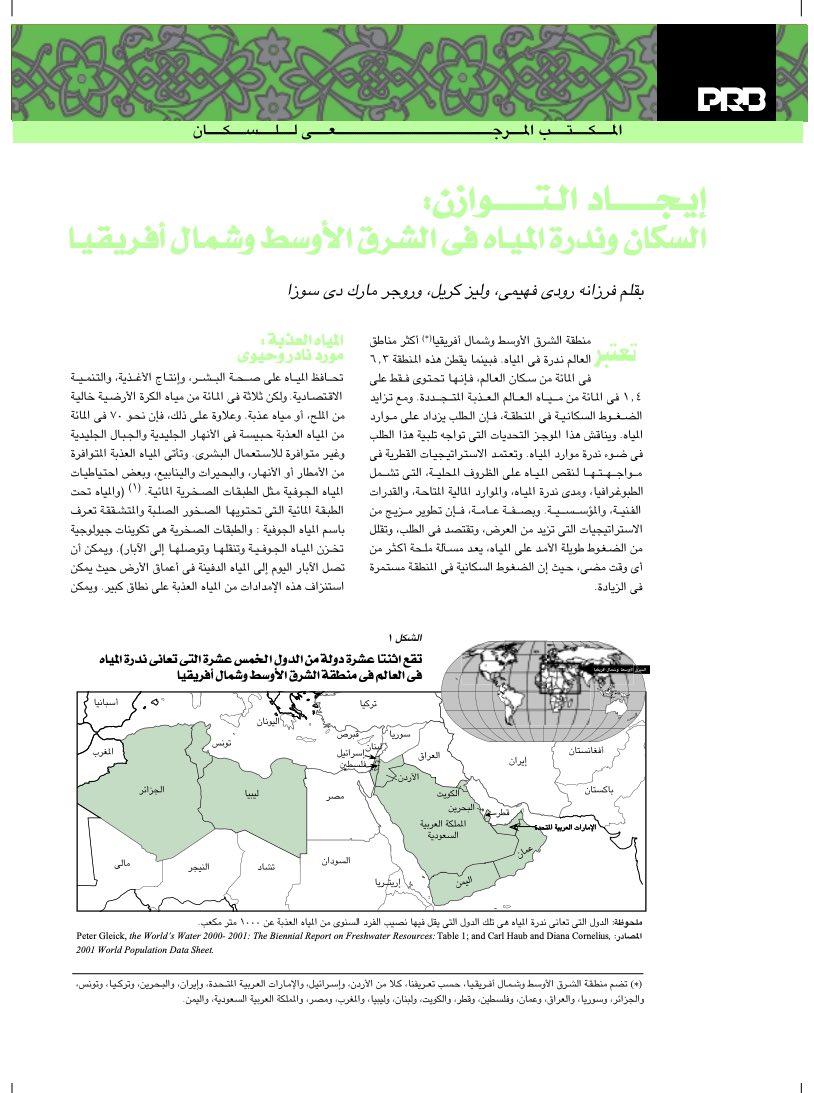9 Search Results Found For : "%EC%B4%88%EB%8C%80%EB%85%80%EC%99%80%ED%8F%B0%ED%8C%85%E2%96%A4%E1%BB%965%E1%BB%964%EF%BC%9D%E1%BB%96965%EF%BC%9D8282%E2%96%A4%E4%A9%95%EB%B6%80%EC%82%B0%EB%8F%99%EA%B5%AC%ED%8F%B0%ED%8C%85%EB%B0%A9%E7%A6%B8%EB%B6%80%EC%82%B0%EB%8F%99%EA%B5%AC%EC%84%B9%ED%8C%8C%ED%9B%84%EA%B8%B0%E7%BD%B5%EB%B6%80%EC%82%B0%EB%8F%99%EA%B5%AC%EC%95%A0%EC%9D%B8%EB%8C%80%ED%96%89%E7%9D%A5%EC%A7%91%EC%B0%A9%EB%85%80%EC%86%8C%EA%B0%9C%ED%8C%85%F0%9F%8D%B9sweatband"

PRB’s 2012 World Population Clock
Nearly all future population growth will be in the world's less developed countries, and the poorest of these countries will see the greatest percentage increase.
Change Comes Slowly for Religious Diversity in India
(2009) Religious diversity has been a defining characteristic of India's population for centuries. The country has no official state religion, but religion plays a central role in Indian daily life through its temple ceremonies, festivals, pilgrimages, family religious traditions, and the like. While Hinduism has been the dominant religion for several thousand years, Buddhism, Christianity, Islam, Jainism, and Sikhism have also flourished.

Project: Demography and Economics of Aging and Alzheimer’s Disease
How Neighborhoods Affect the Health and Well-Being of Older Americans
Neighborhood characteristics affect people of all ages, but older adults—classified here as adults over age 50—may be affected more than other groups.
Finding the Balance: Population and Water Scarcity in the Middle East and North Africa
(2002) The Middle East and North Africa (MENA)* is the most water-scarce region of the world. Home to 6.3 percent of the world's population, the region contains only 1.4 percent of the world's renewable fresh water.

Report. Population and Water Scarcity in the Middle East and North Africa
(2002) The Middle East and North Africa (MENA)* is the most water-scarce region of the world. Home to 6.3 percent of the world's population, the region contains only 1.4 percent of the world's renewable fresh water.

Report. Población y escasez de agua en Oriente Medio y África septentrional
(2002) The Middle East and North Africa (MENA)* is the most water-scarce region of the world. Home to 6.3 percent of the world's population, the region contains only 1.4 percent of the world's renewable fresh water.

Report. Population and Water Scarcity in the Middle East and North Africa (Arabic)
(2002) The Middle East and North Africa (MENA)* is the most water-scarce region of the world. Home to 6.3 percent of the world's population, the region contains only 1.4 percent of the world's renewable fresh water.
Demographic Trends in Muslim Countries
(2013) Muslims account for around one-fifth of the world's population—or about 1.6 billion people.
